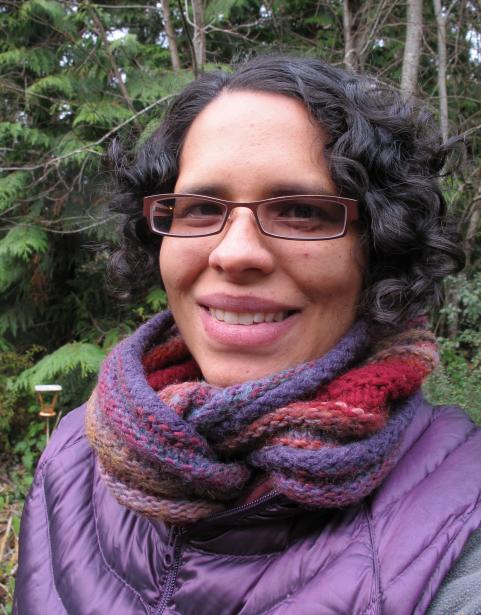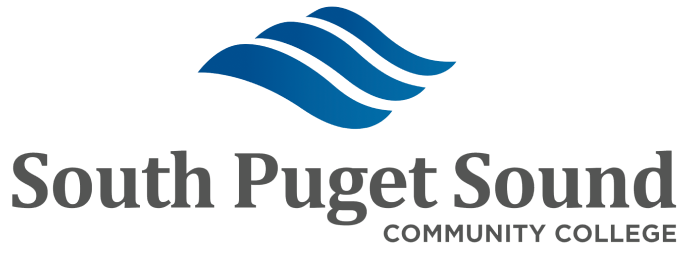Aisha Harrison discovered clay in a community studio, while working toward a degree in Spanish at Grinnell College in Iowa. After graduating, she spent the next two years teaching third and fourth grades in Atlanta, Georgia, and exploring clay at Callenwolde Fine Arts Center in Georgia, and Penland School of Crafts in North Carolina. Aisha decided to go back to school and received a BFA from Washington State University, and an MFA from University of Nebraska- Lincoln. Her work is shown nationally with recent work at Wa Na Wari, Jordan Schnitzer Museum of Art -WSU, Percival Plinth Project, Bainbridge Museum of Art, The Leonor R. Fuller Gallery, and in the Store Front Windows Project in downtown Olympia, WA (as a collaborator in the Black Well Red Thread Collective). She has done residencies at Watershed Center for the Ceramic Arts, Women’s Studio Workshop, and Baltimore Clayworks. She has taught at Penland School of Crafts, Bainbridge Island Museum of Art, The Evergreen State College, Bykota Senior Center, Baltimore Clayworks, University of Nebraska- Lincoln, and the Lux Center for the Arts.
In my work, I use the body as a site to explore the lived experiences of racism, ancestral (human and non-human) connection, and the complicated blend of histories held within my body. My work shows reverence for real bodies while also incorporating elements that are physical manifestations of the intangible. The humans I make are often interconnected with elements of the natural world, many of whom are native to the Pacific Northwest where my family has lived for four generations. Trees, roots, animals, water, stars, and salt are common threads throughout my work. I love paying attention to and learning from our non-human relatives and incorporating their teachings. My work balances the individual and the collective. Each piece contains a unique individual but also references to a larger collective of people and/or the natural world. I want my work to encourage people to think about their relationships to each other as well as our non-human relatives that surround us. In the connections between the individual and the collective, I hope to encourage us to build community, activate webs of support for all living beings, and reflect on and act toward being the best future ancestors we can possibly be. I want my work to live in the stream of "good trouble" that is pushing our country to reckon with its past, recognize how the past is implicated in our systems now, and live up to our country’s best ideals.
Materials and Process:
Aisha works primarily in clay, sculpting solid on a black pipe armature. She then hollows out each piece so it is fairly thin and can support itself without an armature for the firing. She is also working in a variety of other materials/processes including drawing, printmaking, carving, multi-media, and ceremony.
Influences:
Aisha has been influenced by many things: nature, personal experiences, travel, literature, her parents, the Progoff Intensive Journaling method, a method of deepening awareness called Touch Drawing (developed by Deborah Koff-Chapin) as well as many artists. She is inspired by Lucia Harrison, Frida Kahlo, sculptor Kosho, pre-colonial Ife sculpture, pre-Columbian and mixed sculpture, Jacob Epstein, Mary Edmonia Lewis, Arthur Gonzalez, Adrian Piper, Yoko Ono (especially Cut Piece), Felix Gonzalez-Torres, Elizabeth Catlett, Marina Abramović, Basia Irland, Caspar David Friedrich, Robert Arneson, Tip Toland, Beth Cavener-Stichter, Rebecca Belmore, and Lovis Corinth to name a few.


